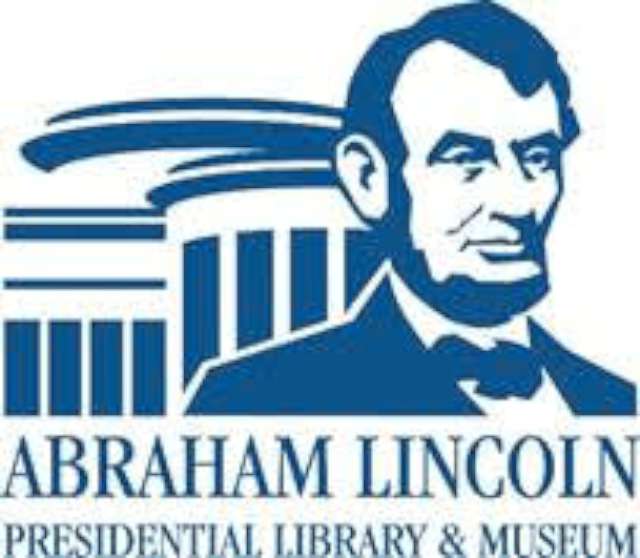
New Exhibit at Lincoln Library and Museum

Published on May 20 2024 10:13 am
Last Updated on May 20 2024 10:26 am
The Abraham Lincoln Presidential Library and Museum opened a major new exhibit Friday that illuminates an often-overlooked protest against poverty and economic inequality that redefined social justice and activism in America.
In the 1960s, as the United States emerged as a global model of wealth and democracy, an estimated 25 million Americans lived in poverty. "Solidarity Now! 1968 Poor People’s Campaign" tells the story of thousands of people who built and inhabited a 15-acre “city of hope” on the National Mall in Washington, D.C. for nearly six weeks to call attention to the crippling effects of poverty in America.
As a multiethnic movement that included African Americans, Mexican Americans, Native Americans, Puerto Ricans, Asians and poor whites from Appalachia and rural communities, the protest attracted demonstrators nationwide. The campaign leaders presented demands to Congress, including demands for jobs, living wages and access to land, capital and health care. It was the first large-scale, nationally organized demonstration after the death of Martin Luther King, Jr.
“We are proud to bring this important national tour to Illinois for the first time,” said Christina Shutt, executive director of the Abraham Lincoln Presidential Library and Museum. “Part of our mission is to inspire civic engagement, and we look forward to seeing how this exhibit sparks conversations about human rights and economic equality.”
The protest site was called Resurrection City and included planned space for housing, a cultural center, city hall, a theater stage, essential services, and facilities for food and dining, sanitation, communications, education, medical and dental care, and childcare.
The “Solidarity Now” exhibition features a 3D map of Resurrection City, photographs, oral histories with campaign participants and organizers, and an array of protest signs, political buttons and audio field recordings collected during the campaign.
An aerial image of Resurrection City
The exhibition runs through August 18 in the museum’s Illinois Gallery and is free with regular museum admission.












